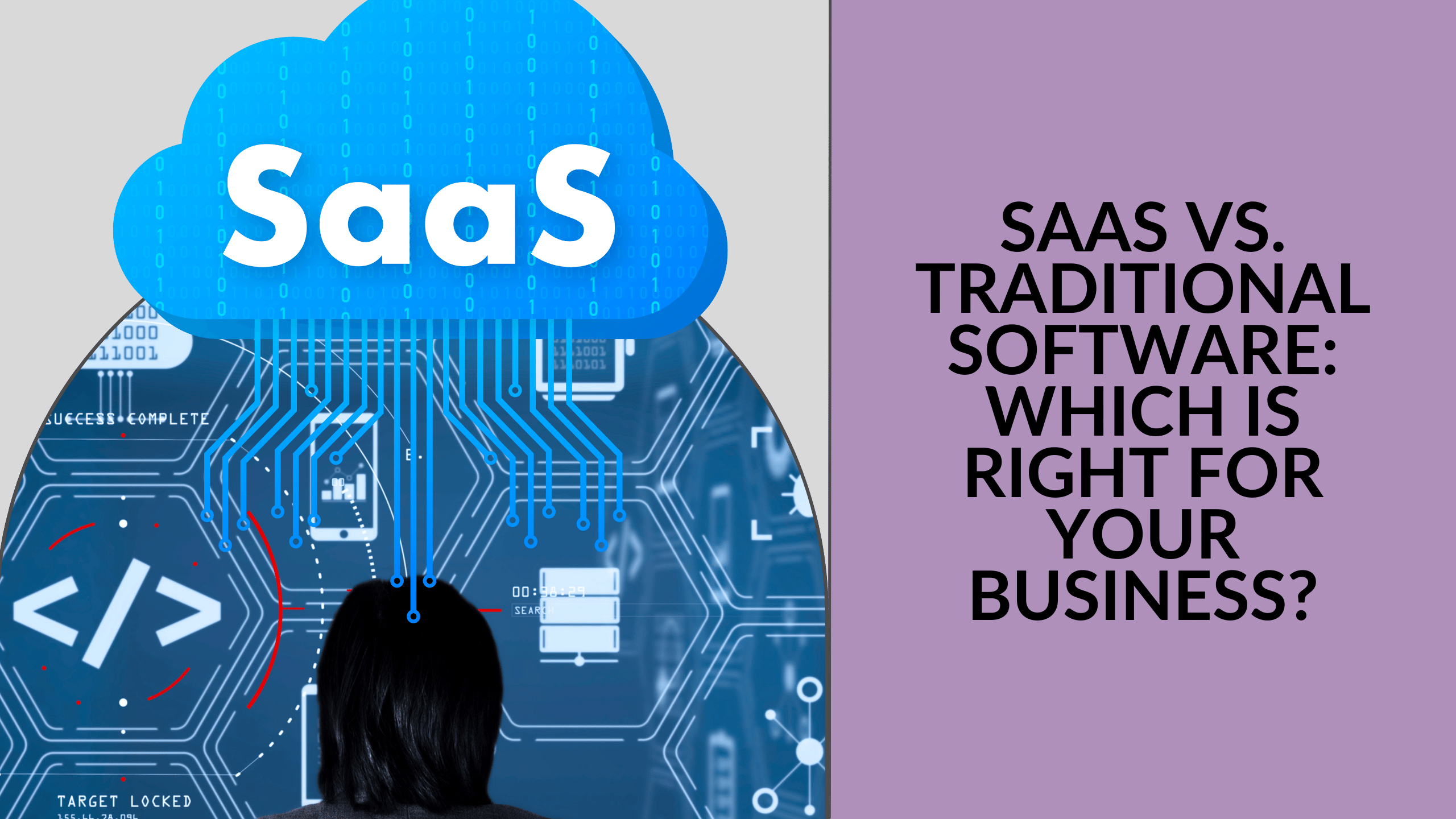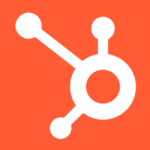SaaS vs. Traditional Software: Which is Right for Your Business?

SaaS vs. Traditional Software: Which is Right for Your Business?
In the rapidly evolving landscape of business software, choosing the right solution can be a game-changer. The decision often comes down to two main contenders: Software as a Service (SaaS) and traditional software. Each option has its own set of advantages and disadvantages, making it crucial to assess your unique business needs before making a choice.
What is Software as a Service (SaaS)?
Software as a Service (SaaS) is a cloud-based software distribution model that enables users to access applications via the internet. Instead of purchasing the software, users pay a recurring subscription fee, with the software provider handling maintenance and updates. Some popular SaaS programs include Salesforce, Slack, and Dropbox.
Benefits of SaaS:
- Lower Upfront Costs: SaaS eliminates the need for substantial initial investments in hardware and software licenses, allowing businesses to opt for a more budget-friendly monthly or yearly subscription model.
- Scalability: SaaS solutions are highly scalable, empowering businesses to easily adjust the number of users as needed. This flexibility is especially beneficial for growing businesses.
- Access from Anywhere: With cloud-based accessibility, users can reach the software from anywhere with an internet connection, making it ideal for businesses with remote or traveling employees.
- Automatic Updates: SaaS providers take responsibility for maintaining and updating the software, ensuring that businesses always have access to the latest features without manual effort.
Disadvantages of SaaS:
- Dependency on Internet: SaaS heavily relies on a reliable internet connection. Slow or unreliable connections can affect software performance.
- Limited Customization: SaaS solutions are designed for a broad range of businesses, limiting extensive customization to fit specific needs.
- Data Security: Data security primarily rests on SaaS providers, raising concerns for businesses handling sensitive data.
For more insights, watch this informative video: SaaS vs. Traditional Software.
What is Traditional Software?
Traditional software is installed directly on a computer or server and accessed locally. Users typically purchase licenses for software usage, and businesses are responsible for software maintenance and updates. Well-known examples of traditional software include Microsoft Office and Adobe Photoshop.
Benefits of Traditional Software:
- Customization: Traditional software is often highly customizable, making it a great choice for businesses seeking tailored solutions.
- No Internet Dependency: As traditional software is installed locally, it doesn’t rely on a stable internet connection.
- Data Security: Businesses retain full control over their data, enabling them to implement customized security measures.
Disadvantages of Traditional Software:
- Higher Upfront Costs: Traditional software can be costly upfront, requiring businesses to invest in licenses and hardware.
- Limited Scalability: Scaling traditional software can be challenging, potentially necessitating additional licenses or hardware for new users.
- Maintenance and Updates: Businesses bear the responsibility of maintaining and updating traditional software, demanding time and resources.
Gain more perspective from this insightful article: SaaS vs. Traditional Software – Which is the Better Choice for Your Business?.
Choosing the Right Solution for Your Business
Selecting between SaaS and traditional software is not a one-size-fits-all decision. The choice hinges on your specific business needs, and several factors should be considered:
- Cost: Compare the upfront and ongoing costs of each solution to find the most cost-effective option for your business.
- Customization: Assess your business’s customization requirements. If you need tailor-made solutions, traditional software may be more suitable.
- Scalability: Consider the pace at which your business might need to scale. If scalability is crucial, SaaS might be a better fit.
- Internet Dependency: Determine your business’s reliance on a stable internet connection. In areas with unreliable internet, traditional software could be the better choice.
- Data Security: Reflect on the sensitivity of your business’s data. If your business handles sensitive information, traditional software offers more control.
- Maintenance and Updates: Evaluate the resources available for maintaining and updating software. SaaS is a better fit for businesses with limited resources.
For an in-depth understanding, read this comprehensive blog post: SaaS vs. Traditional Software: Which is Right for Your Business?.
Ultimately, the decision depends on your business’s unique requirements, budget, and growth goals. Whether you need scalability, low upfront costs, and automatic updates (favoring SaaS) or extensive customization, full data control, and no internet dependency (favoring traditional software), a thorough analysis will lead to the right software solution.
The right choice can significantly enhance your business’s efficiency and effectiveness. So, take your time, weigh the options, and make an informed decision to find the software solution that aligns perfectly with your business needs.
In conclusion, when deciding between SaaS and traditional software for your business, it’s important to consider the specific needs and goals of your organization. Subscribed.FYI offers a comprehensive platform for understanding, comparing, and managing your SaaS stack, making it easier for freelancers and small teams to navigate the complexities of SaaS tools and expenses. With free member-only deals and an ultimate subscription management solution, Subscribed.FYI can help you save big and keep track of all your subscriptions in one place, empowering you to make informed decisions about the best SaaS tools for your specific requirements.
If you’re ready to unlock secret deals and take control of your SaaS expenses, sign up for free today at Subscribed.FYI Deals and start enjoying the perks of savings on 100+ SaaS tools. With Subscribed.FYI, you can compare various SaaS tools side by side, evaluate their features, pricing, and user reviews, and access comprehensive insights to make informed decisions based on your specific needs. Visit Subscribed.FYI to learn more and simplify your SaaS decision-making process.
Relevant Products:






